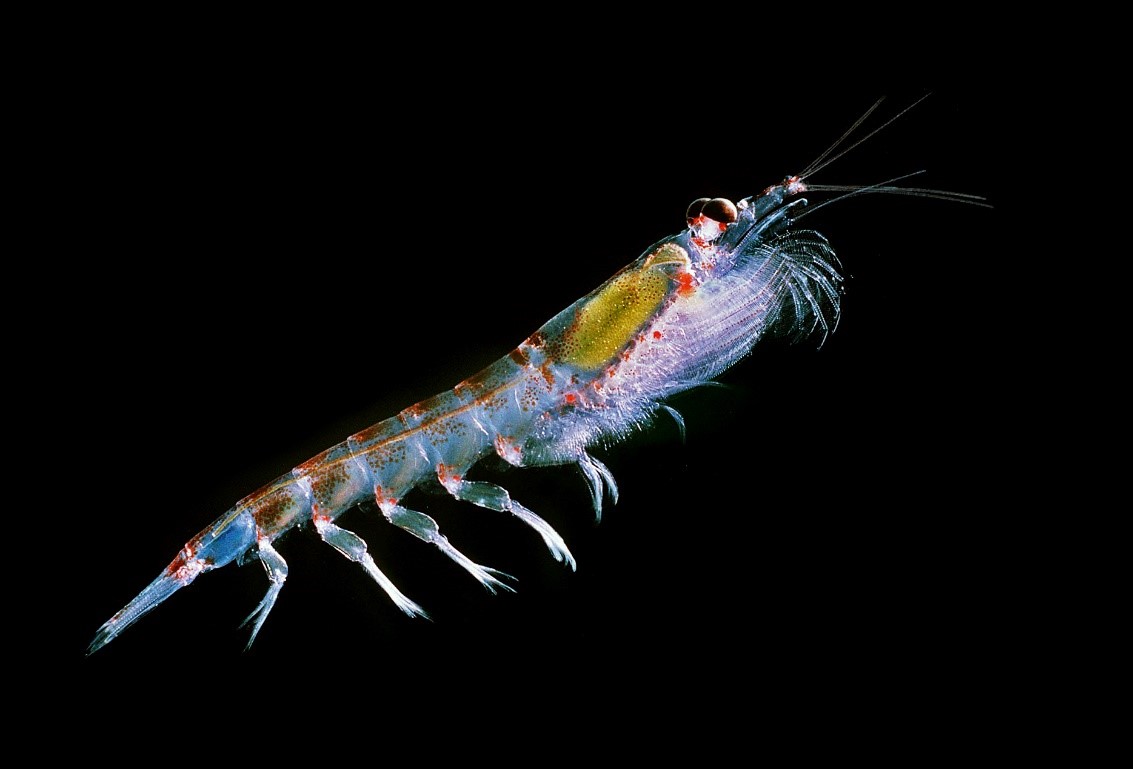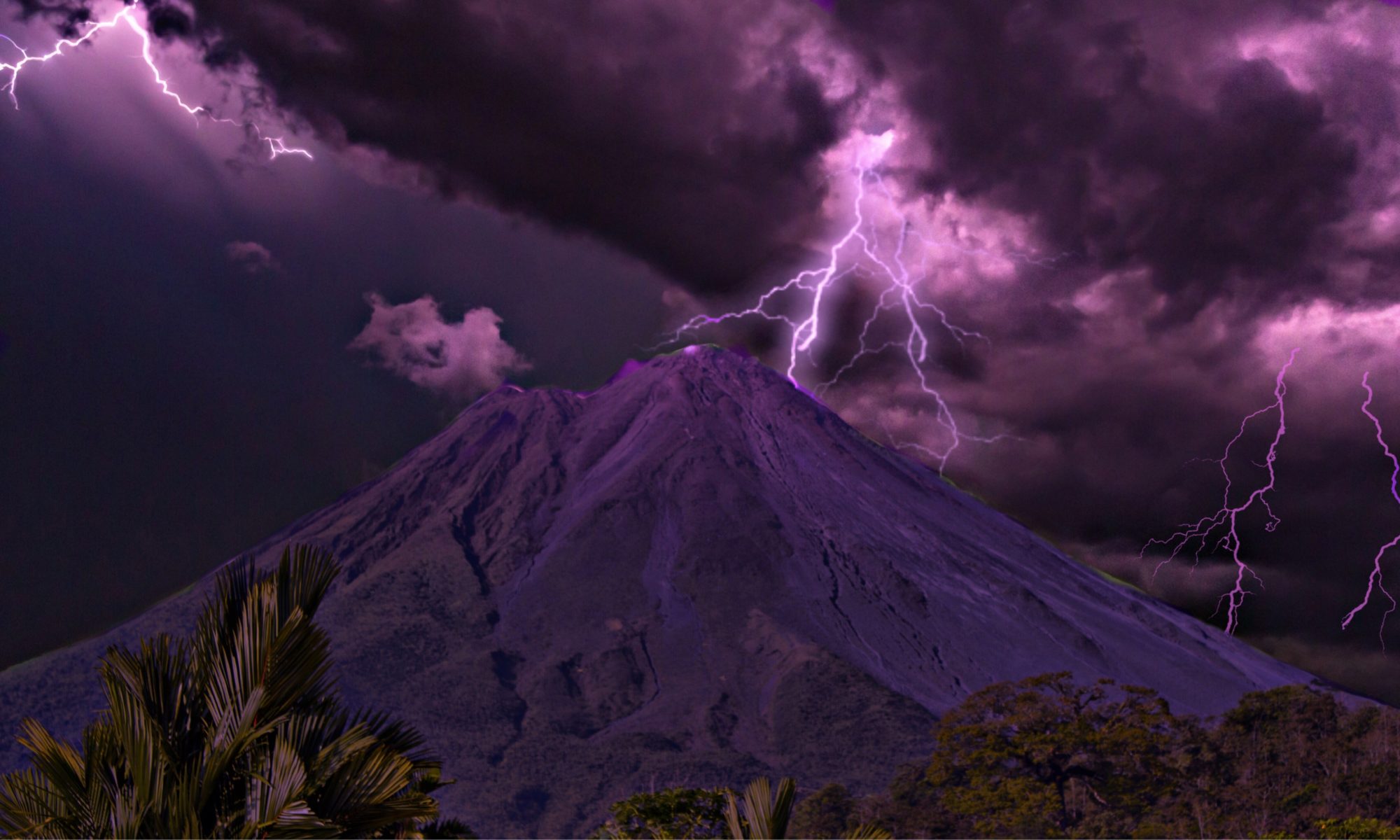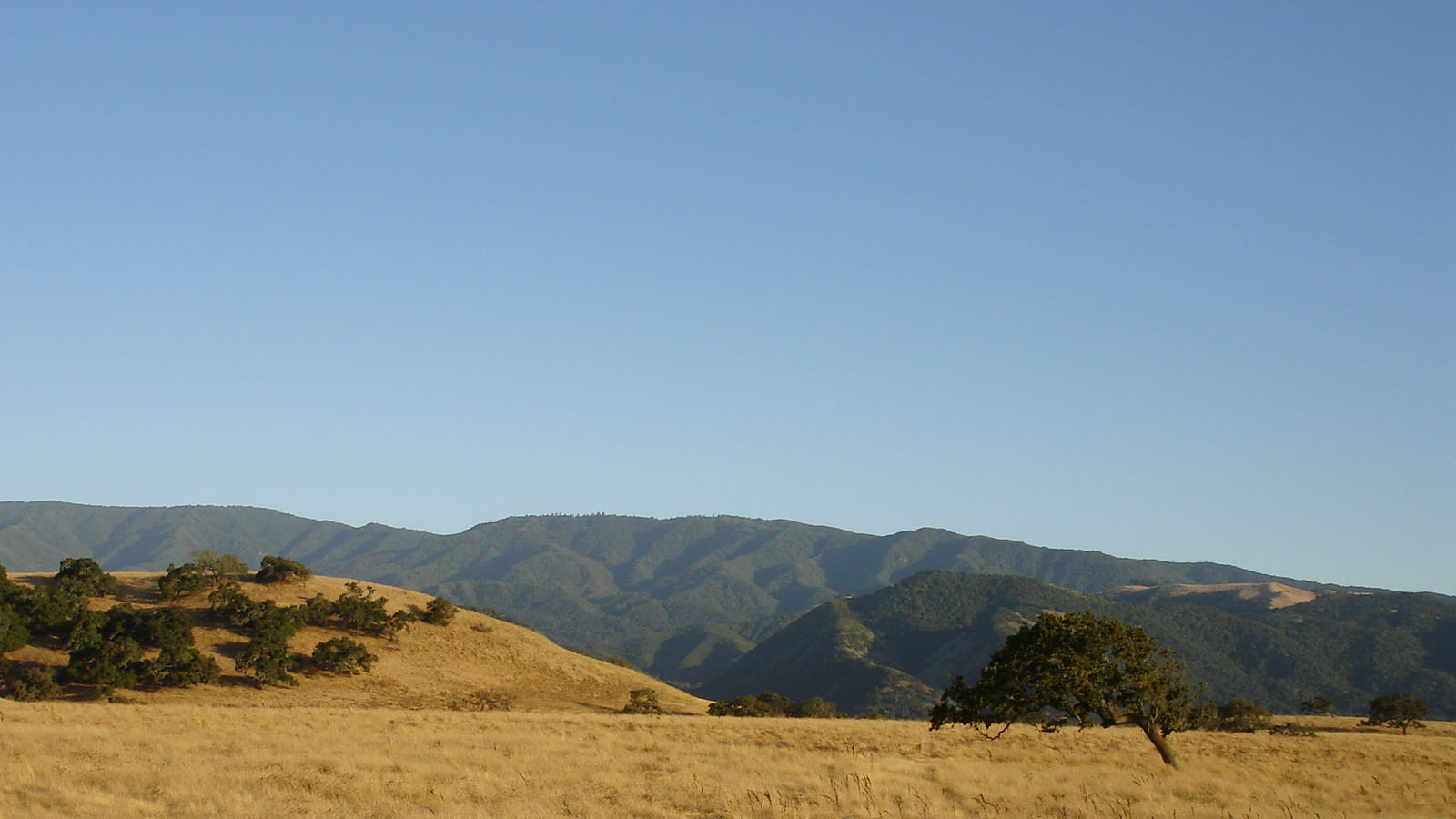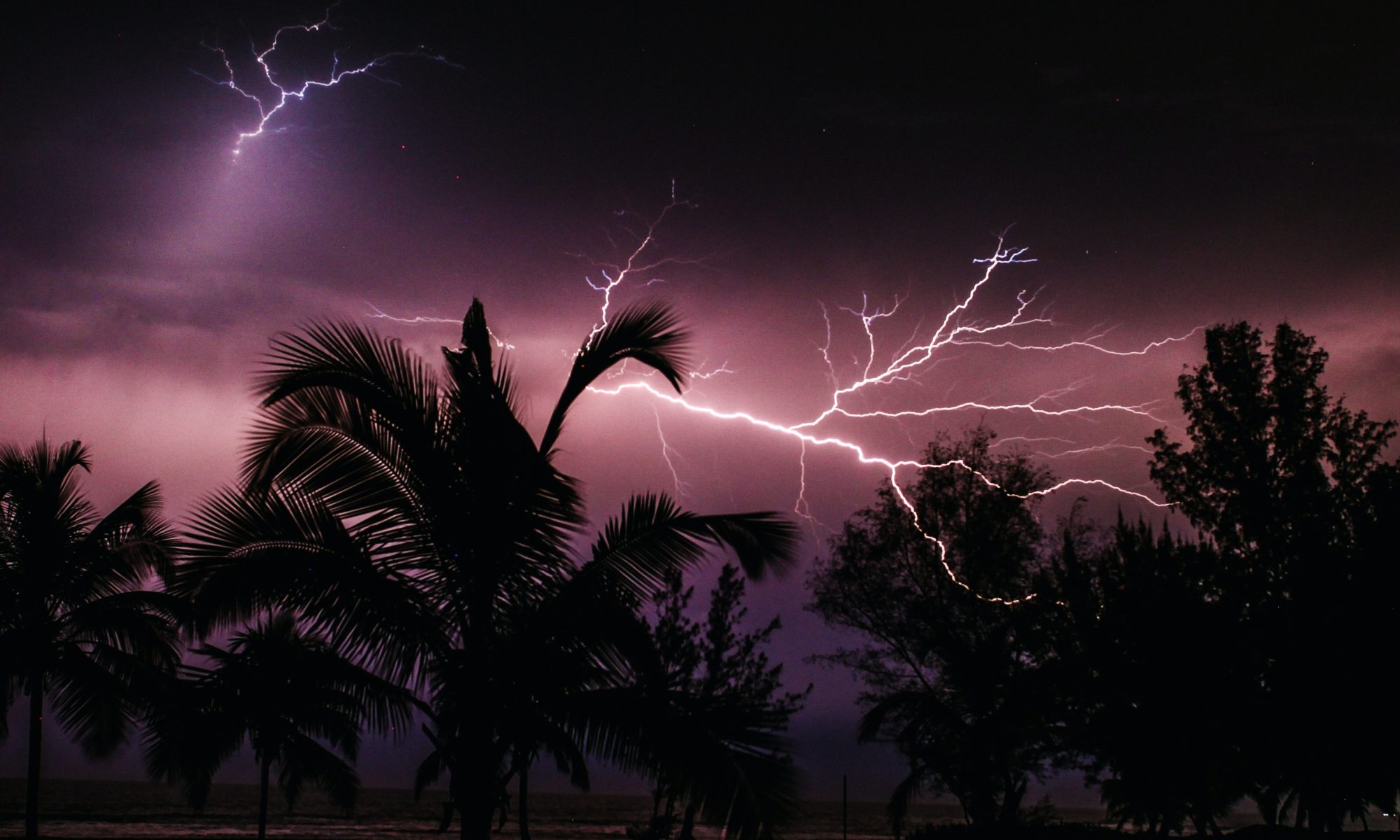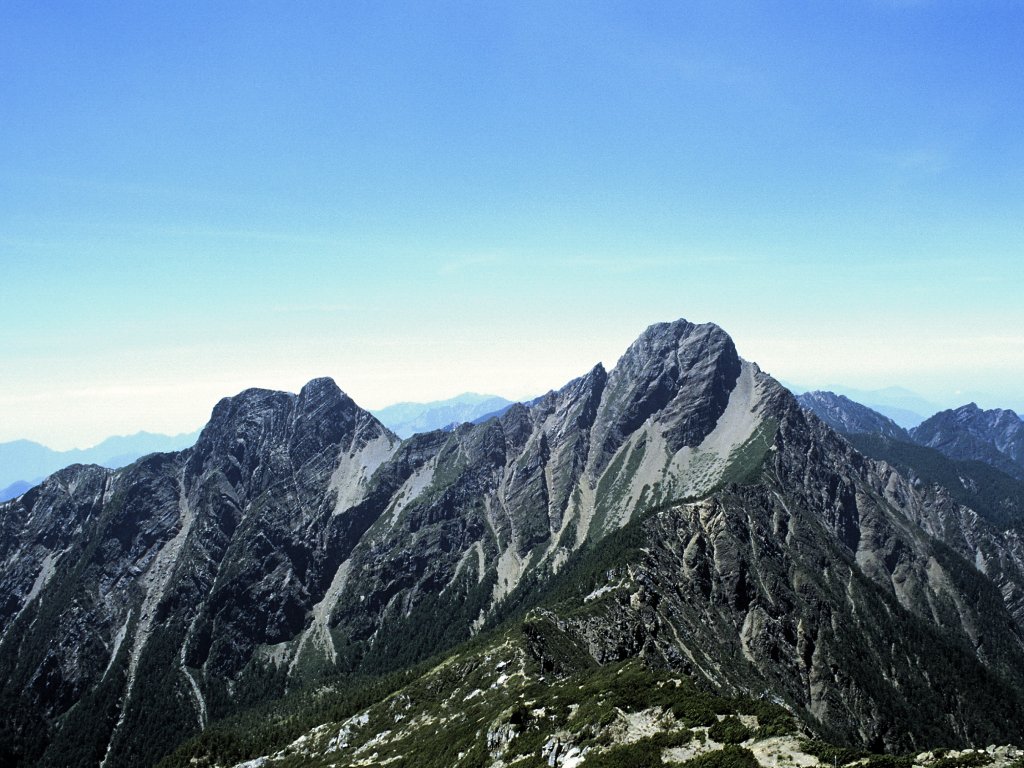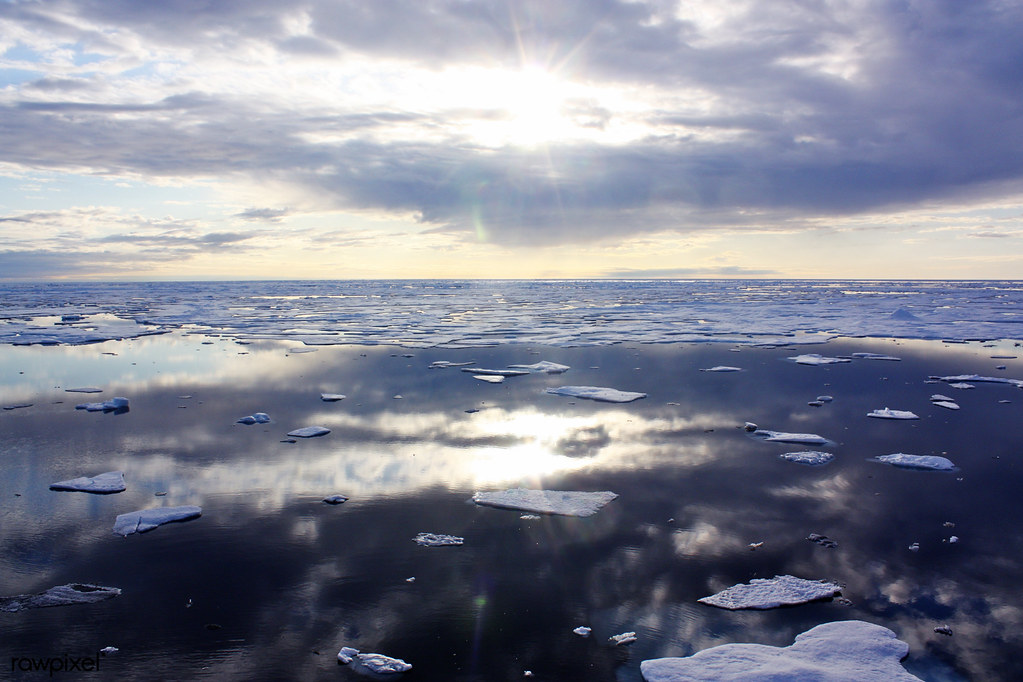Antarctic Krill under a microscope. Photo courtesy of Uwe Kils, CC-BY-SA 3.0
Paper: Manno et al. (2020)
The transfer of carbon from the surface ocean to the deep ocean, or carbon export, can strongly influence climate. The main pathway of carbon export in the ocean is through sinking particles, also known as the biological carbon pump. These sinking particles can include plankton biomass, aggregates of cells, and zooplankton feces and molts. Understanding what contributes to carbon export is important in understanding how this may change as temperatures warm due to climate change.
A recent study by Manno et al. found that Antarctic krill in the Southern Ocean may play a significant role in transporting carbon to the deep ocean through their carcasses, fecal material, and most notably their molts, or shedding of their shells. Exoskeletons are not only an important vehicle for carbon export but also provide food to animals living on the seafloor. This is the first study to investigate the contribution of krill molts to carbon export in the Southern Ocean.
Continue reading “Antarctic krill and their role in ocean carbon cycling”
